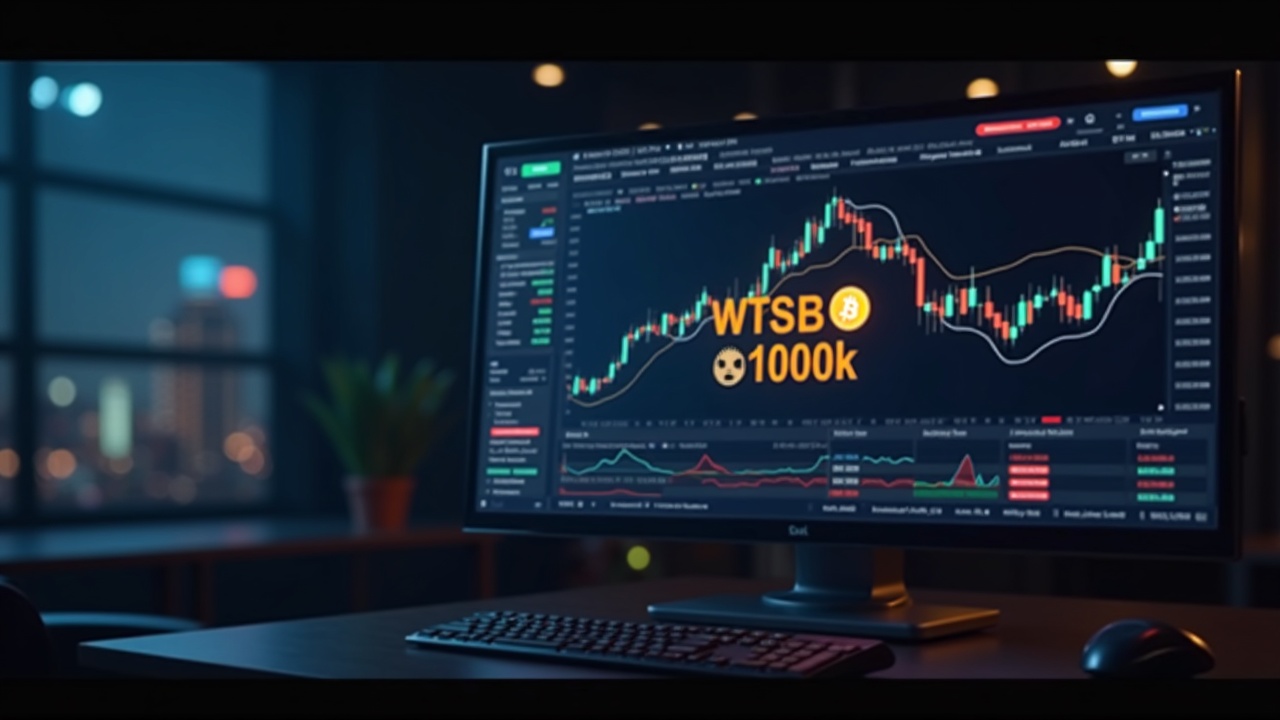The cryptocurrency market experienced a significant tremor on November 4th, 2025, as a sharp pullback from recent highs triggered a cascade of liquidations, highlighting the inherent risks of leveraged trading. While Bitcoin showed relative resilience near the critical $100,000 level, major altcoins like Ethereum, Solana, and XRP faced steeper declines.
A Wave of Liquidations Rocks the Market
The recent market volatility culminated in one of the largest deleveraging events since September, with over $2 billion in futures contracts liquidated in a 24-hour period. The vast majority of these, approximately $1.6 billion, were long positions, meaning traders who had bet on rising prices were forced to sell as the market moved against them.
This process of automatic, forced selling creates a feedback loop that intensifies selling pressure and amplifies volatility. The scale of these liquidations indicates that market positioning had become increasingly fragile after a period of whipsaw price action, leaving many over-leveraged traders exposed.
Bitcoin Holds Ground as Altcoins Stumble
Amid the market-wide stress, Bitcoin demonstrated its characteristic role as a benchmark of stability. While its price dipped to just above $100,000, it managed a slight rebound, underscoring the psychological and technical importance of that level. In fact, Bitcoin’s dominance—its share of the total crypto market cap—increased by nearly 2 percentage points to 58% during this correction, a classic sign of capital rotating from higher-risk altcoins toward the market leader during periods of uncertainty.
The altcoin sector, however, bore the brunt of the sell-off. Ethereum dropped 10% to trade around $3,275, while Solana (SOL) and BNB saw losses of 8% and 7%, respectively. Other assets like XRP and Dogecoin also slid between 5% and 6%. Analysts pointed to a “risk-off” sentiment across global financial markets, driven by concerns that the Federal Reserve may pause on further interest rate cuts and ongoing anxieties over tariffs and credit conditions.

Navigating High-Volatility Environments
This event serves as a crucial reminder of the importance of robust risk management in the volatile crypto market. The massive liquidations, largely concentrated on over-leveraged long positions, could have been mitigated with more conservative borrowing and the use of stop-loss orders. For treasury managers and traders, this volatility underscores the need to monitor leverage levels closely and consider diversification across different digital asset categories to better weather such storms.
The immediate focus for the market is now on whether Bitcoin can sustain its rebound above $100,000 and if the selling pressure in the altcoin market begins to dissipate. Traders will be watching key indicators like open interest and funding rates in the perpetual futures markets for signs of stabilization or further stress.


